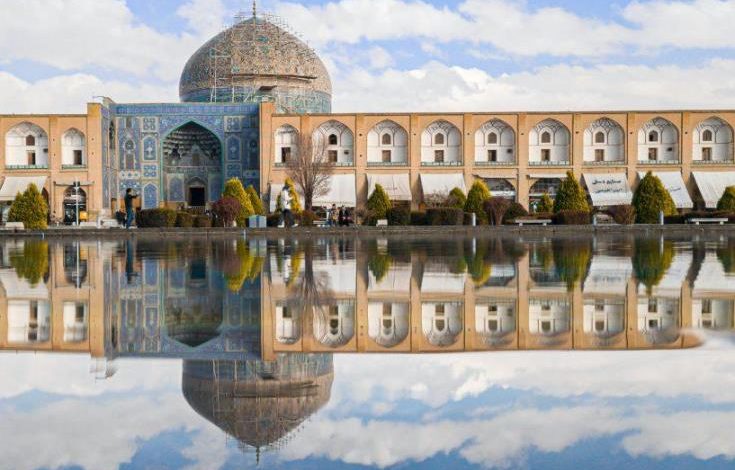Hagia Sophia: A Testament to Human Ingenuity and Architectural Brilliance

Hagia Sophia: A Testament to Human Ingenuity and Architectural Brilliance
Introduction
The Hagia Sophia, located in Istanbul, Turkey, is one of the most remarkable architectural marvels in the world. With its rich history, magnificent design, and enduring symbolism, it stands as a testament to human ingenuity and architectural brilliance. In this blog post, we will explore the fascinating features of Hagia Sophia and delve into its significance in the realm of architecture.
The History of Hagia Sophia
The Byzantine Era
During the Byzantine Era, Hagia Sophia was built as a Christian cathedral in 537 AD by Emperor Justinian I. It served as the center of religious and imperial power for the Eastern Orthodox Church for almost a thousand years.
The Ottoman Empire
In 1453, the Ottoman Empire conquered Constantinople and transformed Hagia Sophia into a mosque. It underwent significant renovations, including the addition of minarets and the covering of Christian mosaics with Islamic calligraphy.
Modern Era
In 1935, Hagia Sophia was converted into a museum by the Republic of Turkey, representing the secularization efforts of Mustafa Kemal Atatürk. However, in July 2020, it was reopened as a mosque, sparking both controversies and celebrations around the world.
Architectural Brilliance
Unique Design
Hagia Sophia blends elements of Byzantine and Ottoman architecture, creating a stunning synthesis of styles. Its massive dome, elegant arches, and breathtaking mosaics showcase remarkable engineering prowess and artistic beauty.
The Dome
The grand dome of Hagia Sophia is an architectural wonder of its time. With a diameter of 31 meters, it was the largest in the world for over a thousand years. The dome’s revolutionary design, incorporating pendentives, allows for an open and spacious interior.
Mosaics and Calligraphy
Both Christian mosaics and Islamic calligraphy adorn the walls of Hagia Sophia, reflecting its unique historical transformation. The mosaics depict biblical scenes and saints, while the calligraphy displays Arabic inscriptions from the Quran.
FAQs about Hagia Sophia
1. Is Hagia Sophia open to the public?
Yes, Hagia Sophia is open to the public for visits. However, the availability for access and rules may vary depending on its designated status at the time of your visit.
2. Can I attend religious services at Hagia Sophia?
Since July 2020, Hagia Sophia functions primarily as a mosque, and it is open for daily prayers and religious services. Non-Muslim visitors can still admire the architectural beauty but are not allowed to enter during prayer times.
3. Can I take photographs inside Hagia Sophia?
Photography is permitted inside Hagia Sophia, but the use of flash is usually prohibited, as it may harm the delicate mosaics and artifacts.
Conclusion
Hagia Sophia continues to captivate visitors with its awe-inspiring architecture and profound historical significance. It stands as a remarkable testament to human ingenuity, showcasing how architectural brilliance can transcend time and cultural boundaries. Whether as a cathedral, mosque, or museum, Hagia Sophia remains an iconic symbol of architectural excellence.